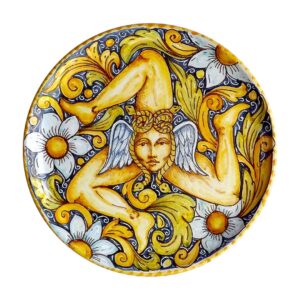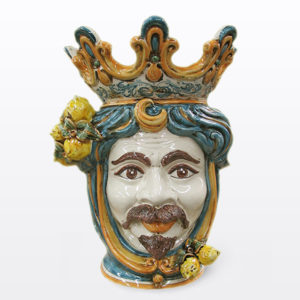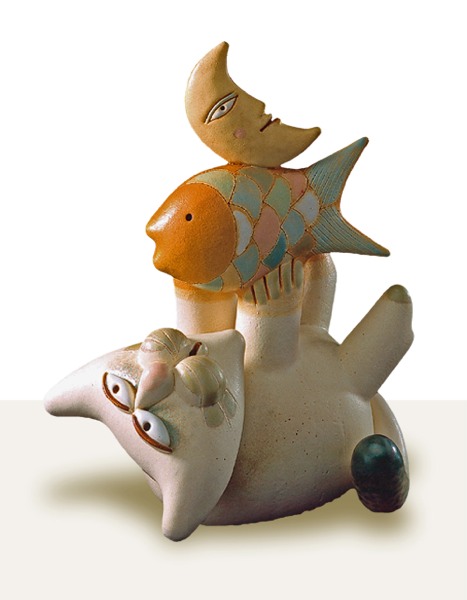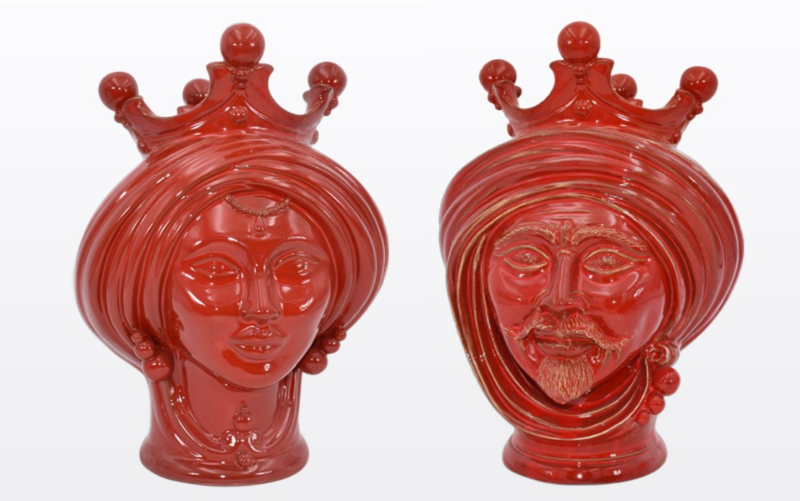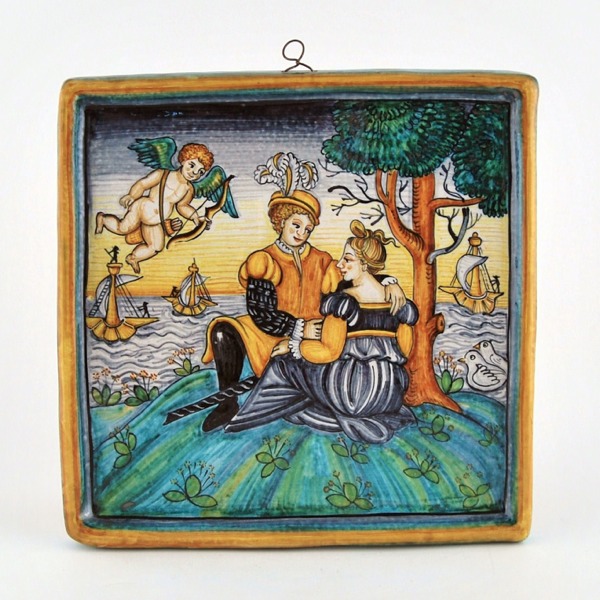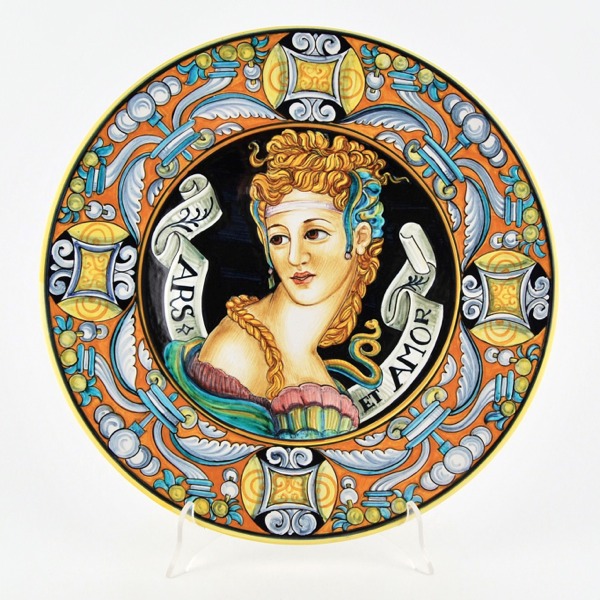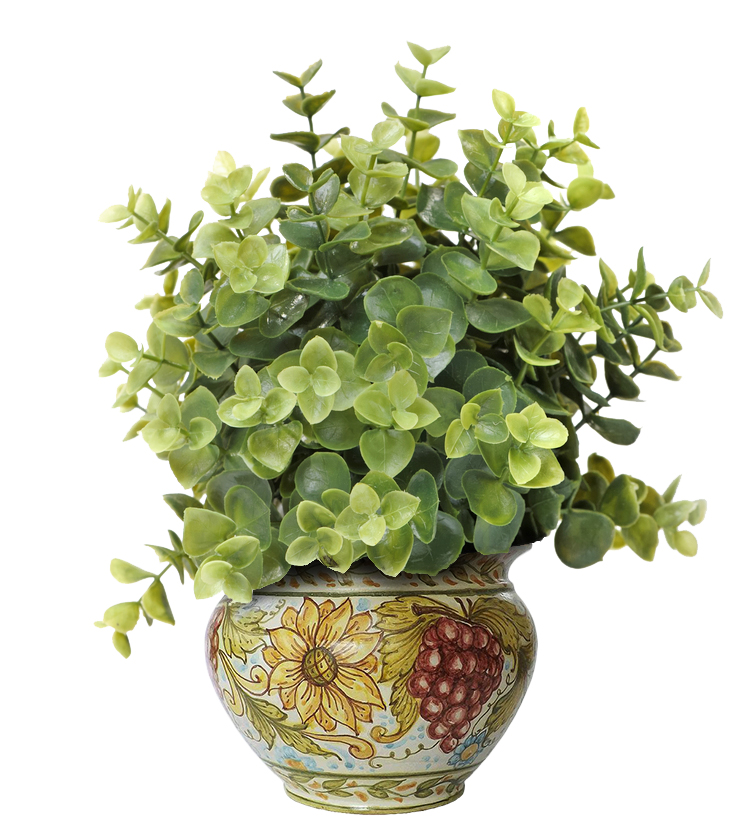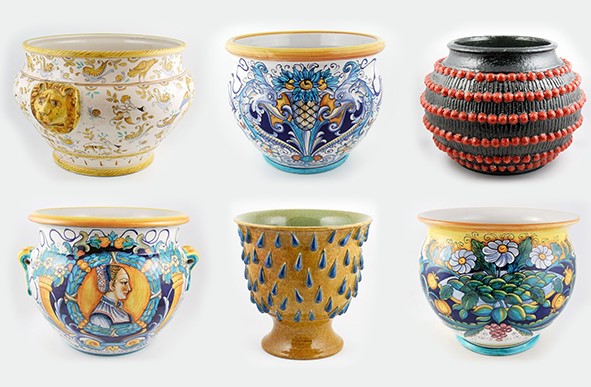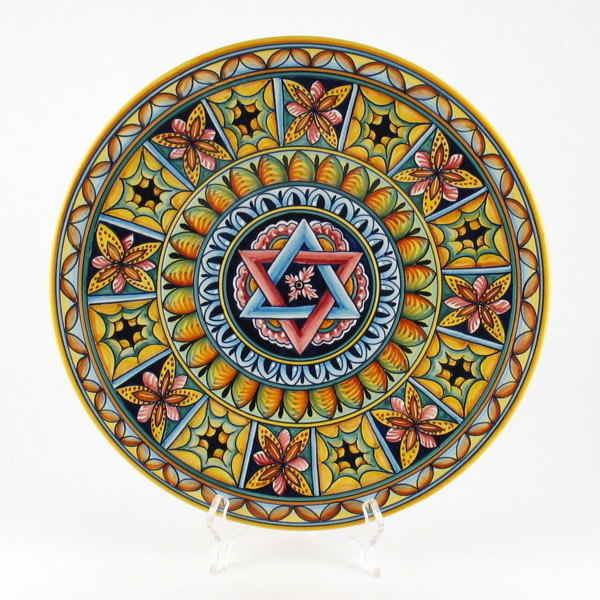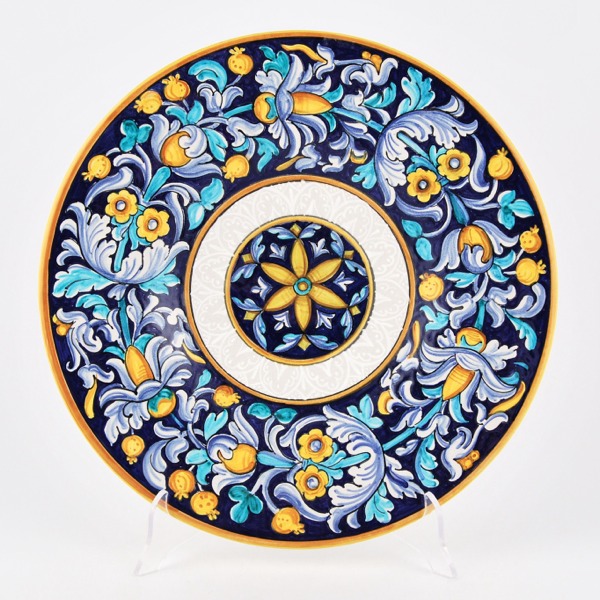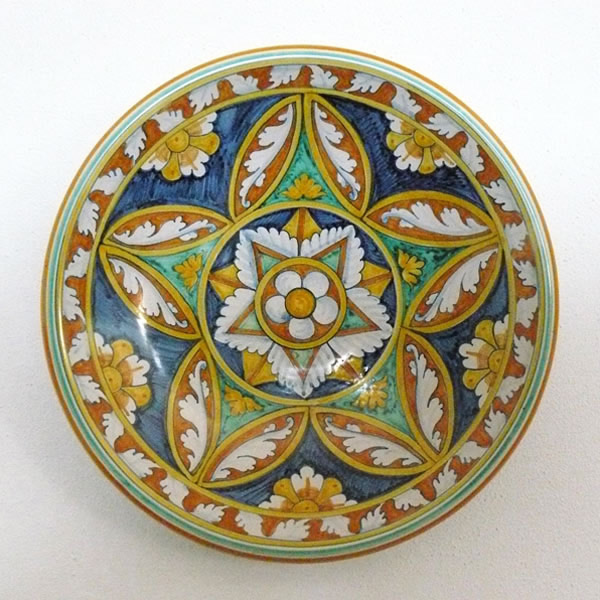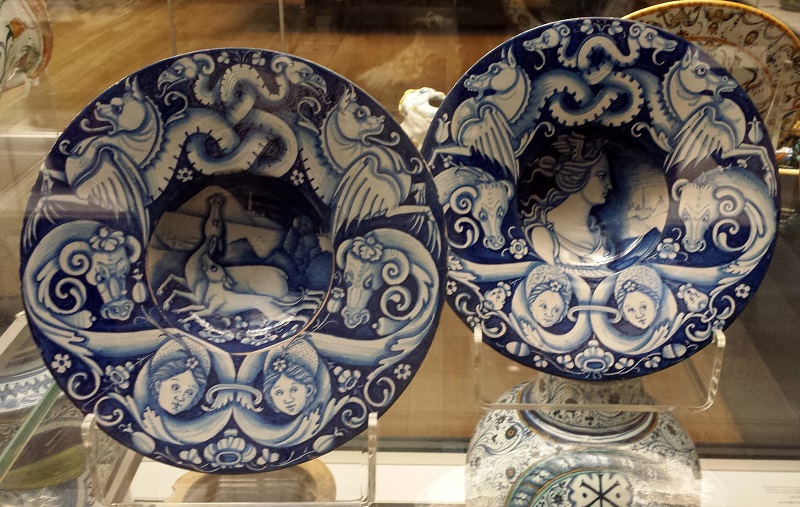How many aspects of your daily life can be traced back to Italy? We all know the obvious ones, like pasta, pizza, espresso, and beautiful handmade ceramics. But many modern-day traditions and holidays also have Italian origins, just like upcoming St. Valentine’s Day.
Valentine, an Italian saint
It is all thanks to a saint named Valentino (although there was likely more than just one) whose life contributed to this celebration of love in February.
Some accounts talk of a Roman priest and physician, or perhaps he was a bishop born in a place that today is Terni, Umbria. Valentino secretly protected couples and married them, in defiance against orders from Emperor Claudius the Cruel who had banned marriages in hopes of strengthening his army.
It didn’t end well for poor Valentino; he was jailed and then beheaded on February 14 around the year 270 CE. In 496 CE, Pope Gelasius declared that this date be celebrated as St. Valentine’s Day.
How do I love thee
Nowadays, especially in America, St. Valentine’s Day has become a day to celebrate all the people in your life whom you love. Charming heart candies, cute stuffed animals, and sweet little cards are given to everyone from classmates to co-workers. But in Italy, this day is strictly reserved for innamorati – lovers.
Perhaps this has to do with the meaning of the word love in English versus Italian? In English, love encapsulates the passion and affection you have for another person, whether it be a spouse, parent, child, friend, or even pet!
However, in Italian, there are two verbs that offer a distinction between different forms of love! Voler bene is used for those you care about, like friends and family, while amare is strictly used for romantic love. And the day of San Valentino in Italy is also called la festa degli innamorati – the holiday of lovers.
How Italians celebrate St. Valentine’s Day
So then, how do Italians celebrate this romantic holiday? In the northern city of Verona, most well-known for its fateful lovers Romeo and Juliet, February 14 is a part of week-long events and decorations inviting couples to come take in the amorous atmosphere.
But most couples will settle for a romantic dinner in a local ristorante and also give their special someone a heartfelt gift that expresses their passion.
And for that, the best bet is to go with something that represents amore: a unique piece of quality Italian craftsmanship that will last the test of time.
St. Valentine’s Day Italian gifts
Head over to our special page of Italian Ceramics for Romantic Souls, with a wide assortment of beautiful gifts to choose from, where you are sure to find the perfect fit for your special someone no matter their style or taste. A stunning, handcrafted token of love from thatsArte – that’s Amore!

